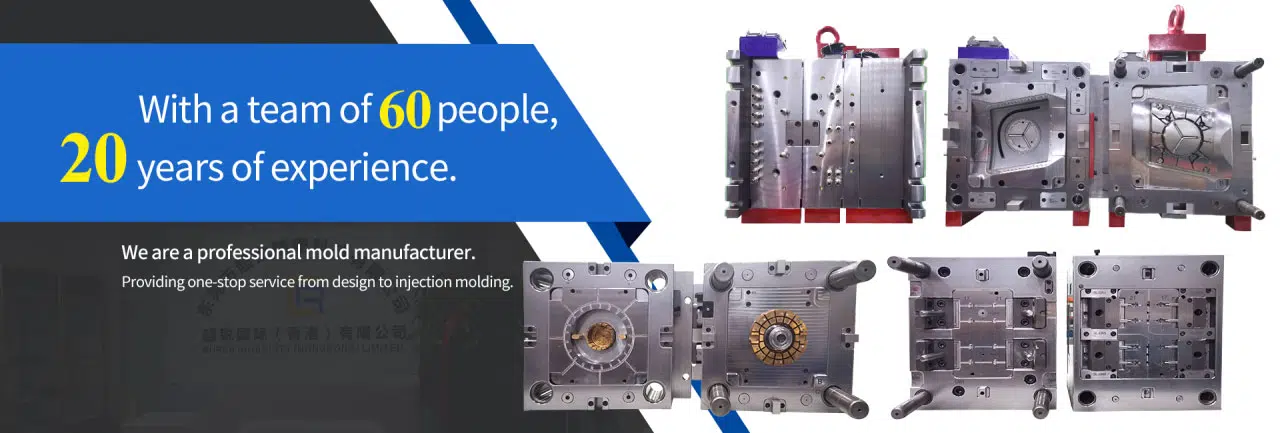
# Laser Cutting Technology: Precision and Efficiency in Modern Manufacturing
## Introduction to Laser Cutting
Laser cutting has revolutionized modern manufacturing with its unparalleled precision and efficiency. This advanced technology utilizes a high-powered laser beam to cut, engrave, or mark materials with exceptional accuracy. From industrial applications to artistic creations, laser cutting has become an indispensable tool across various sectors.
## How Laser Cutting Works
The process involves focusing a concentrated beam of light onto a material’s surface. The intense heat generated by the laser vaporizes, melts, or burns away the material along the predetermined cutting path. Modern laser cutting systems are typically computer-controlled, ensuring precise execution of complex designs.
### Types of Laser Cutting Machines
– CO2 Lasers: Ideal for cutting, engraving, and marking non-metallic materials
– Fiber Lasers: Perfect for metal cutting with high speed and precision
– Nd:YAG Lasers: Used for both metal and non-metal applications requiring high energy
## Advantages of Laser Cutting Technology
Laser cutting offers numerous benefits that make it superior to traditional cutting methods:
### Unmatched Precision
Laser systems can achieve cutting tolerances as tight as ±0.1 mm, enabling the production of intricate designs that would be impossible with conventional methods.
### Material Versatility
From metals like steel and aluminum to plastics, wood, glass, and even fabrics, laser cutting handles an impressive range of materials with consistent quality.
### Increased Efficiency
The non-contact nature of laser cutting eliminates tool wear, reduces material waste, and allows for faster production times compared to mechanical cutting methods.
## Applications Across Industries
Laser cutting technology has found applications in numerous sectors:
### Automotive Industry
Used for precise cutting of body panels, exhaust components, and interior parts with complex geometries.
### Aerospace Sector
Essential for manufacturing lightweight components with strict tolerance requirements.
### Medical Device Manufacturing
Enables production of intricate surgical instruments and implant components with sterile edges.
### Electronics Production
Used for cutting circuit boards and creating precise openings in device casings.
## Future Trends in Laser Cutting
The technology continues to evolve with several exciting developments:
– Increased automation and integration with Industry 4.0 systems
– Development of more powerful and energy-efficient laser sources
– Expansion into new material applications
– Improved cutting speeds without sacrificing precision
## Conclusion
Keyword: Laser Cutting
Laser cutting technology has transformed modern manufacturing by combining precision, efficiency, and versatility. As the technology continues to advance, it will undoubtedly play an even greater role in shaping the future of production across all industries. Manufacturers who embrace this technology gain a significant competitive advantage in today’s demanding market.